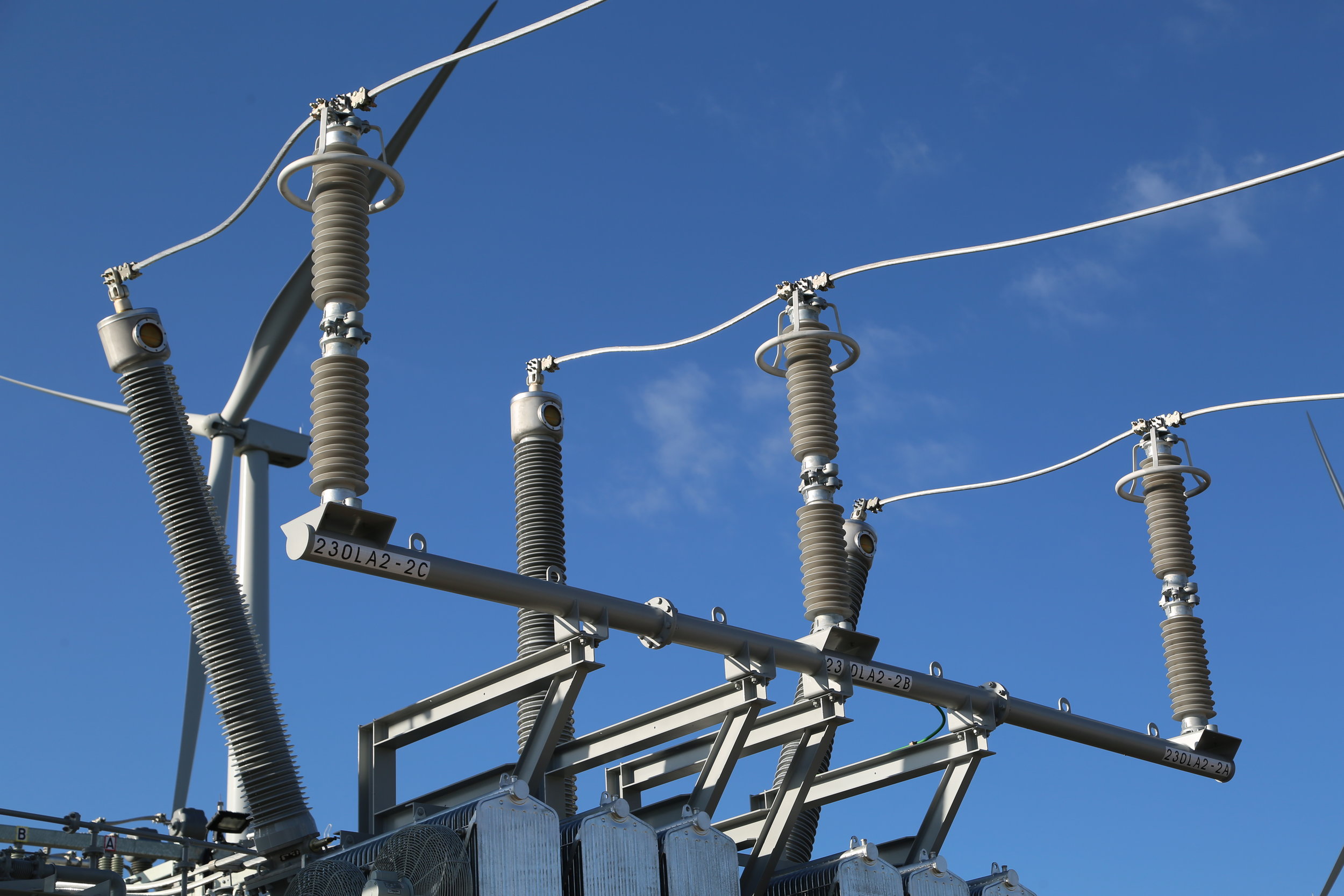Insulation coordination is both an art and science. The aim of insulation coordination is to reduce the cost and disturbance caused by insulation failure to an economically and operationally accepted level. It essentially verifies the rating as well as location of lightning arresters in substation to realise the protective margin required.
KNR has an EMTP group equipped with EMTP software package and a well-documented library with IEEE, CIGRE and HV engineering books to handle insulation coordination studies for AIS and GIS substations up to 765kV. We have an impressive record of having carried out more than 50 such studies in 9 countries till date for substations and transmission lines. Our clientele includes most big names of the global electrical industry.
The group is led by PhD scholars in HV engineering ably assisted by a group of HV engineering post graduate professionals and EMTP analysts.
KNR is an approved consultant of DEWA for Insulation Coordination Study on exclusive basis besides being accepted by utilities of repute across the middle east and South East Asia.



